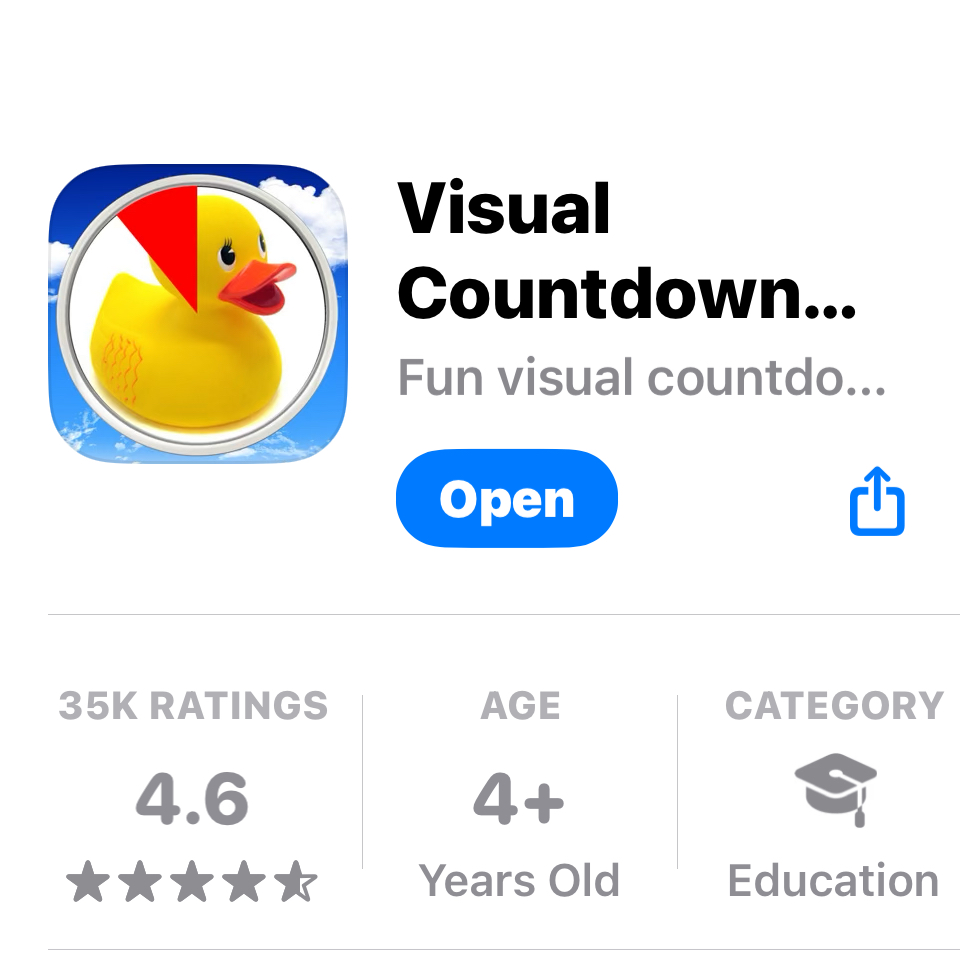Toddler Tantrums: Understanding and Managing Aggressive Behavior in Young Children

Toddler tantrums are a common yet challenging part of early childhood development. These outbursts can range from crying and screaming to physical aggression, and often leave parents feeling overwhelmed, especially when tantrums escalate or occur frequently. This guide explores how to effectively respond to toddler tantrums and manage aggressive behavior, including tips for defiant children and those who may display signs of ADHD or sensory sensitivities.
What Are Toddler Tantrums?
Toddler tantrums are emotional outbursts that typically occur in children between the ages of 1 and 4. These tantrums can be triggered by frustration, lack of communication skills, fatigue, hunger, overstimulation, or the simple desire for independence. In some cases, tantrums may also be linked to underlying conditions such as ADHD or autism spectrum disorder (ASD).
Common Causes of Toddler Tantrums
- Frustration over not being able to express themselves
- Changes in routine or transitions
- Overtiredness or hunger
- Desire for independence
- Sensory sensitivities (bright lights, loud noises)
- Medical issues (such as food allergies or intolerance to food dyes)
Recognizing these triggers can help prevent some tantrums before they start. I frequently found tantrums to be caused by hunger when my kids were younger. I always made sure to keep snacks in my purse or diaper bag and have them eat at least every couple hours to avoid dips in blood sugar throughout the day.
Responding to Toddler Tantrums: Step-by-Step

Here is a practical, five-step method for responding to toddler tantrums:
- Say Your Child’s Name: Addressing your child by name helps ground them in the moment and reestablish connection.
- Validate Their Feelings: Let your child know you understand how they feel. For example: “It looks like you’re really upset because you can’t have the toy right now.”
- Express Empathy: Say something like, “I’m sorry you can’t have that toy. I know how much you want it.” This shows compassion and helps calm intense emotions.
- Provide a Valid Explanation: Instead of saying "Because I said so," offer a reason. For example: “We can’t buy that toy today because we’re only here to get groceries.”
- Offer Alternatives: Redirect their attention. For example: “You can help me pick out a fruit for your snack instead.” This keeps them engaged and gives them a sense of control.
Example: “Christian, it looks like you’re really angry that you can’t have candy right now. I’m sorry, I wish I could give it to you, but we’re having dinner in 15 minutes and I don’t want to spoil your appetite. You can have some cheese while you wait for dinner.”
Then, calmly follow through. Get the cheese and walk away if needed, avoiding further engagement with the tantrum.
Why Your Tone Matters
Using a calm, gentle voice is more effective than being harsh. Harsh tones often escalate behavior. Think of how you would feel if someone spoke to you angrily when you were already upset. A calm approach builds trust and teaches emotional regulation.
Consider This Scenario: Imagine you go to a bank and are denied access to your money. If the teller shouts "No, because I said so," your frustration increases. However, if the teller explains the issue calmly and offers a solution, you're more likely to stay composed. The same applies to children.
Time-Outs: Do They Work for Toddler Tantrums?

Time-outs can be effective for some toddlers. A short break from the environment using a visual timer can give your child time to calm down. Choose a quiet, safe spot and explain what the time-out is for. Keep the duration brief—usually one minute per year of age.
Could There Be Underlying Issues?
While occasional tantrums are normal, persistent or extreme behavior may indicate something more:
- ADHD: Impulsivity and emotional dysregulation can lead to frequent tantrums.
- Autism Spectrum Disorder: Communication difficulties and sensory overload may result in meltdowns.
- Food allergies or food dye sensitivity: Artificial colors and allergens can affect mood and behavior.
If tantrums are extreme or your child seems unable to self-regulate, consult your pediatrician for guidance.
Tips for Preventing Toddler Tantrums
- Stick to a consistent routine
- Offer limited choices to avoid power struggles
- Praise positive behavior
- Keep snacks and water handy to prevent hunger-related meltdowns
- Provide transition warnings (e.g., "In 5 minutes, it’s time to clean up.")
- Use visual schedules or picture cues for children with language delays
Final Thoughts
Managing toddler tantrums requires patience, empathy, and consistency. While tantrums are a typical part of growing up, they can also offer insight into your child’s emotions, needs, and possible challenges like ADHD or autism. By staying calm, validating feelings, and offering alternatives, you teach emotional regulation and reduce the intensity of tantrums over time.
If you have ongoing concerns, especially regarding aggression or developmental issues, don't hesitate to seek professional support. Early intervention can make a big difference in your child's emotional and behavioral development.
If you haven't already, be sure to check out my ebooks, now on Amazon!

